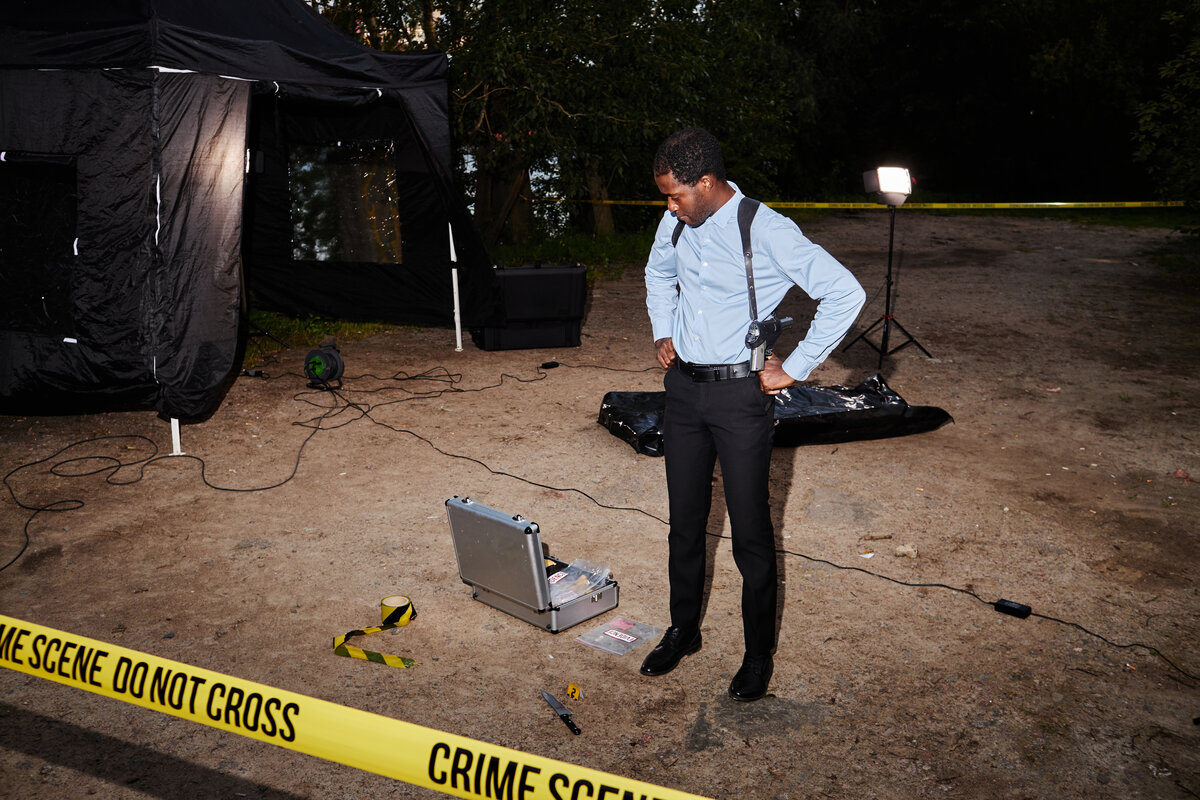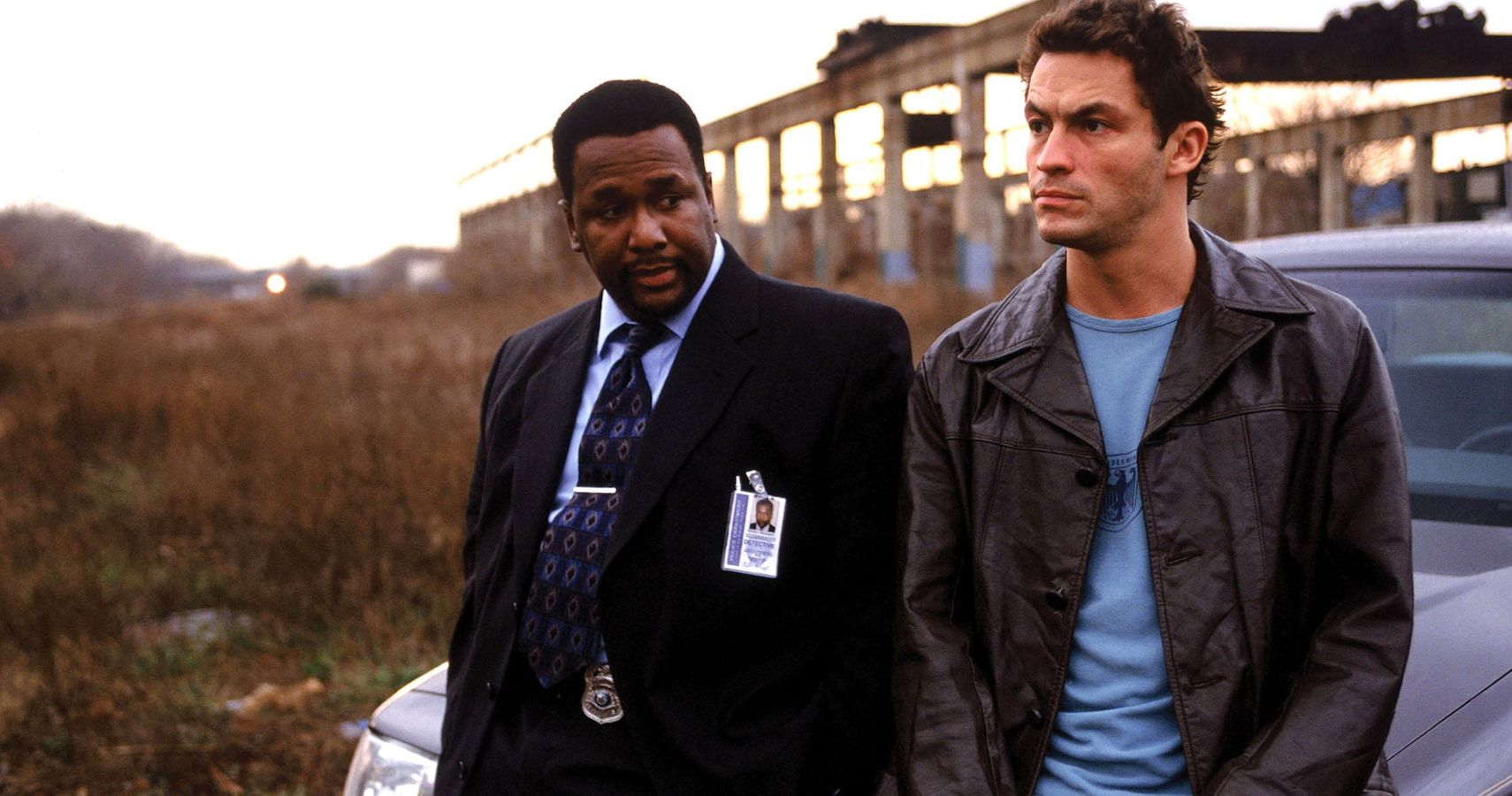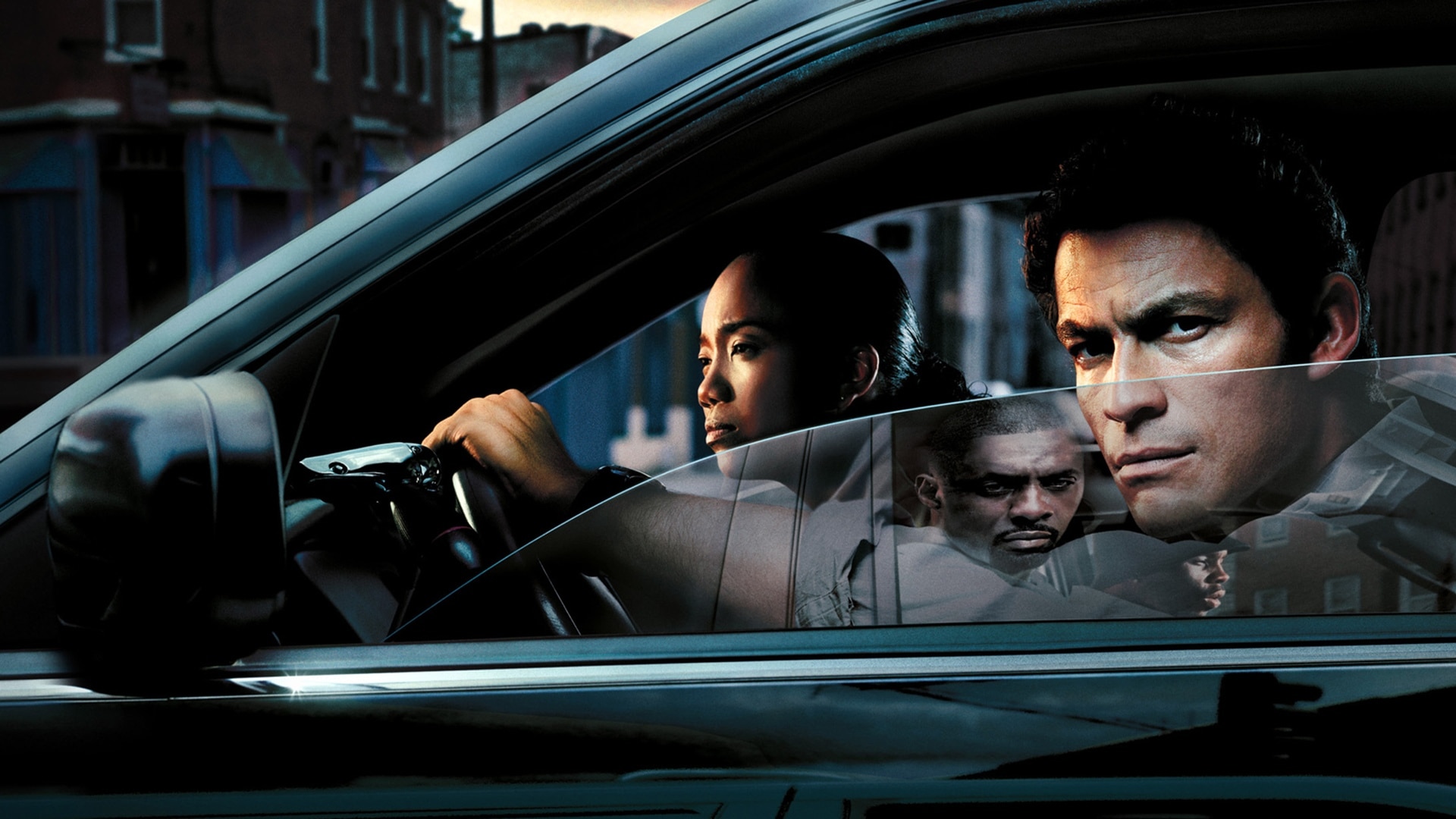
The Wire: The Unseen Costs of Police Misconduct
The Wire masterfully dissects the institution of law enforcement, revealing how police misconduct shapes not only the justice system but the broader social fabric. By highlighting the intricate web of personal ambition, systemic flaws, and organizational rot, the series forces us to confront the uncomfortable realities of policing in a city plagued by corruption and crime.
Through its nuanced portrayal of the Baltimore Police Department, The Wire demonstrates that misconduct isn’t merely the result of a few “bad apples.” Instead, it is the outcome of a system designed to prioritize appearances over results, career advancement over justice, and numbers over people.
The Culture of Misconduct
At the heart of the series is a stark critique of the culture within the Baltimore Police Department. Officers are shown “juking the stats”—manipulating crime data to present an illusion of success. This practice underscores how systemic pressures to produce favorable metrics compromise the integrity of the force. Officers aren’t incentivized to reduce crime; they are incentivized to make the numbers look good.
This culture isn’t limited to a few unethical individuals. It pervades the department, from precinct captains to street-level officers. Ambition, politics, and self-preservation drive decisions that undermine trust in law enforcement and perpetuate systemic failures. Even those who aspire to do good, like Major Bunny Colvin, find their efforts thwarted by a system that punishes innovation and rewards conformity.
The Cost of Quotas and Careerism
One of the most striking elements of The Wire is its focus on how institutional pressures warp individual behavior. Officers like McNulty and Herc exemplify the lengths to which individuals will go to protect their careers or chase personal glory, often at the expense of those they are supposed to serve.
For example, McNulty’s fabrication of a serial killer in Season 5 is a chilling reminder of how personal ambition can distort justice. While McNulty’s actions are extreme, they are born out of frustration with a system that prioritizes flashy results over substantive impact. His misconduct is emblematic of a broader failure within the department, where solving a high-profile case is more valuable than addressing the root causes of systemic crime.
The Human Toll
The ripple effects of police misconduct are profound. In The Wire, we see how the department’s focus on numbers leads to aggressive over-policing in impoverished neighborhoods. Communities are destabilized as residents face constant harassment, unwarranted arrests, and a pervasive sense of mistrust.
One particularly devastating example is the impact on young Black men in Baltimore. The show depicts how unjust arrests and convictions trap individuals in a cycle of poverty and incarceration, often for minor offenses. This process creates a pipeline from the streets to the prison system, perpetuating the very problems the police are ostensibly tasked with solving.
The show’s emphasis on this human toll is a powerful reminder that misconduct isn’t a victimless crime. Behind every manipulated statistic is a person whose life has been irreparably harmed.
A Flawed Justice System
Police misconduct doesn’t occur in a vacuum. In The Wire, it is shown to be intricately linked with broader failings in the justice system. Prosecutors, judges, and politicians often turn a blind eye to unethical practices as long as they produce results that align with their interests.
The series paints a bleak picture of a system in which the pursuit of justice takes a back seat to self-preservation. Court cases are frequently dropped due to procedural errors or insufficient evidence—issues exacerbated by a lack of accountability within the police department. Meanwhile, corruption at higher levels ensures that those in power are rarely held accountable.
Reform vs. Reality
One of the enduring questions posed by The Wire is whether reform is even possible in such a deeply flawed system. Characters like Colvin and Carcetti attempt to implement changes, but their efforts are consistently undermined by the entrenched interests of those who benefit from the status quo.
The series offers no easy answers, instead challenging viewers to consider what meaningful reform would require. Is it enough to address individual misconduct, or must we dismantle and rebuild entire systems? And what role do we, as citizens, play in holding these institutions accountable?
Conclusion
The Wire remains a landmark exploration of systemic failure in law enforcement. By peeling back the layers of bureaucracy, ambition, and corruption, it exposes the true cost of police misconduct—not just to the victims of these practices, but to society as a whole.
Through its unflinching portrayal of the Baltimore Police Department, the series forces us to confront the uncomfortable truths about the institutions we rely on to maintain order. It’s a sobering reminder that until we address the root causes of misconduct, we cannot hope to achieve justice.
Stay tuned for more articles exploring the themes and characters that make The Wire one of the most compelling series ever created.




